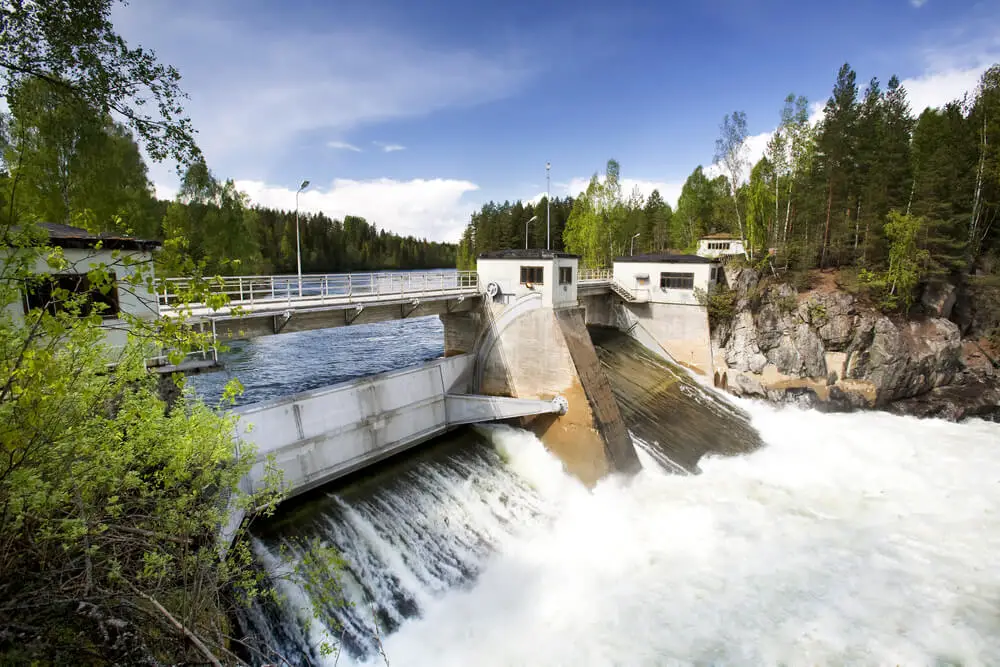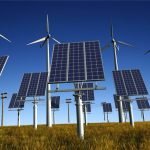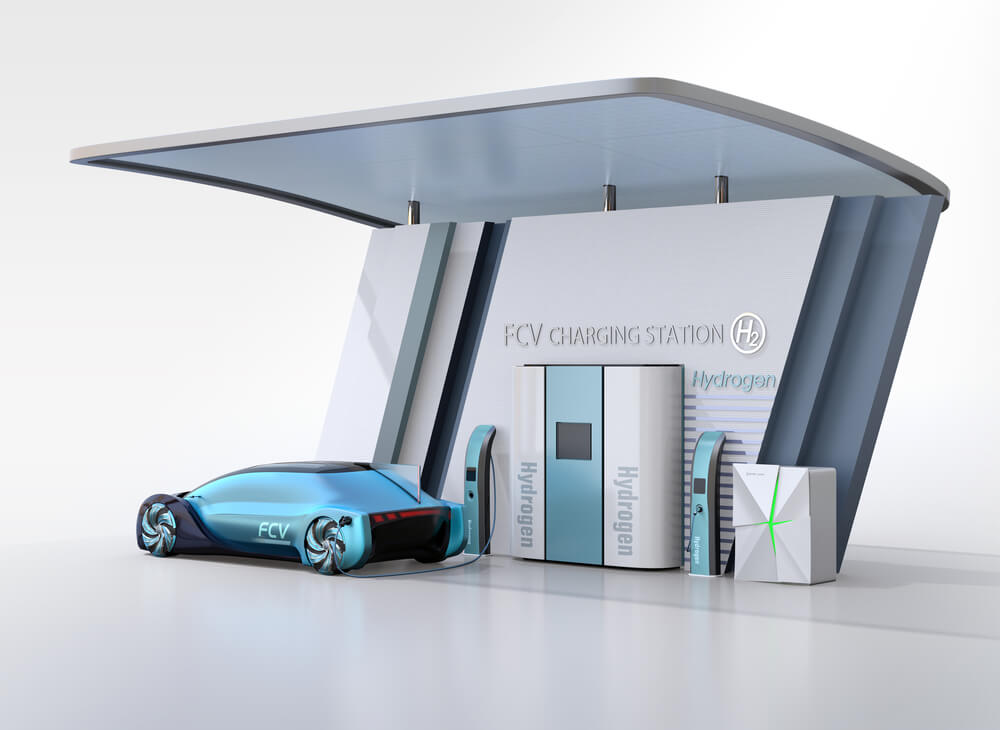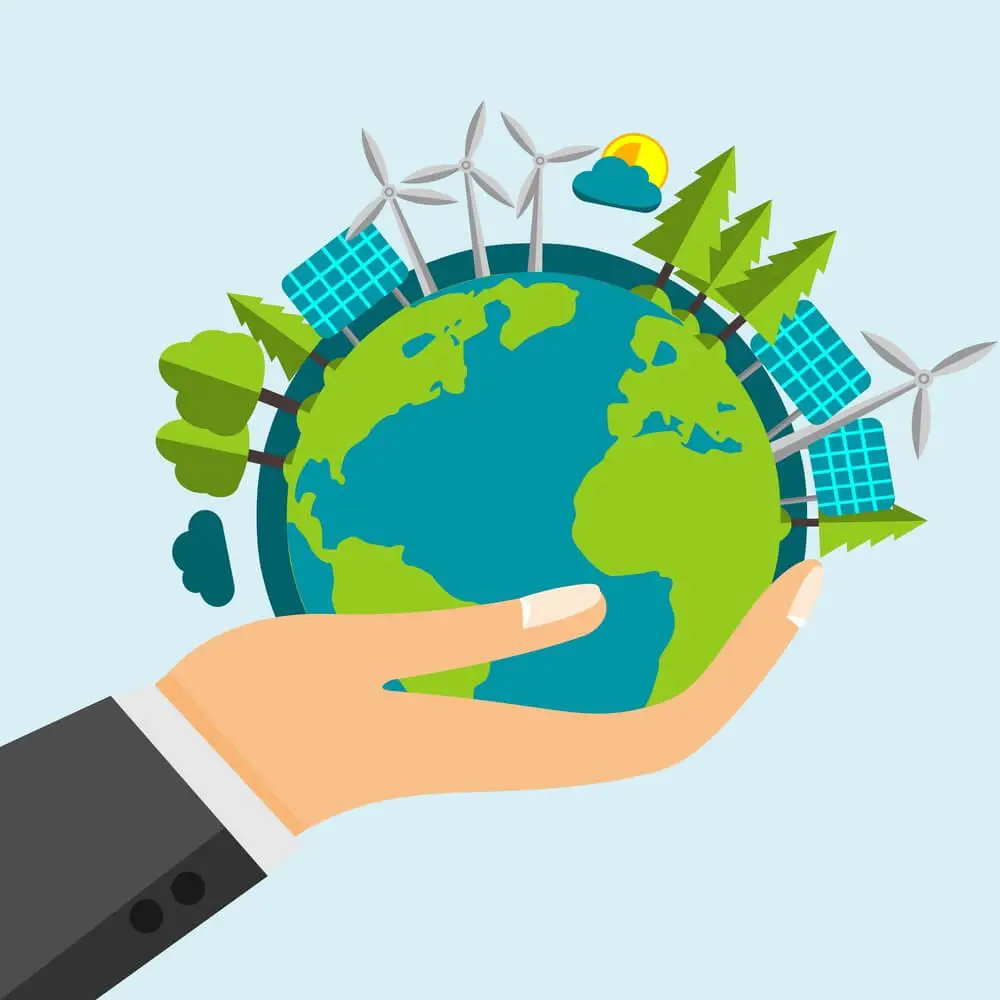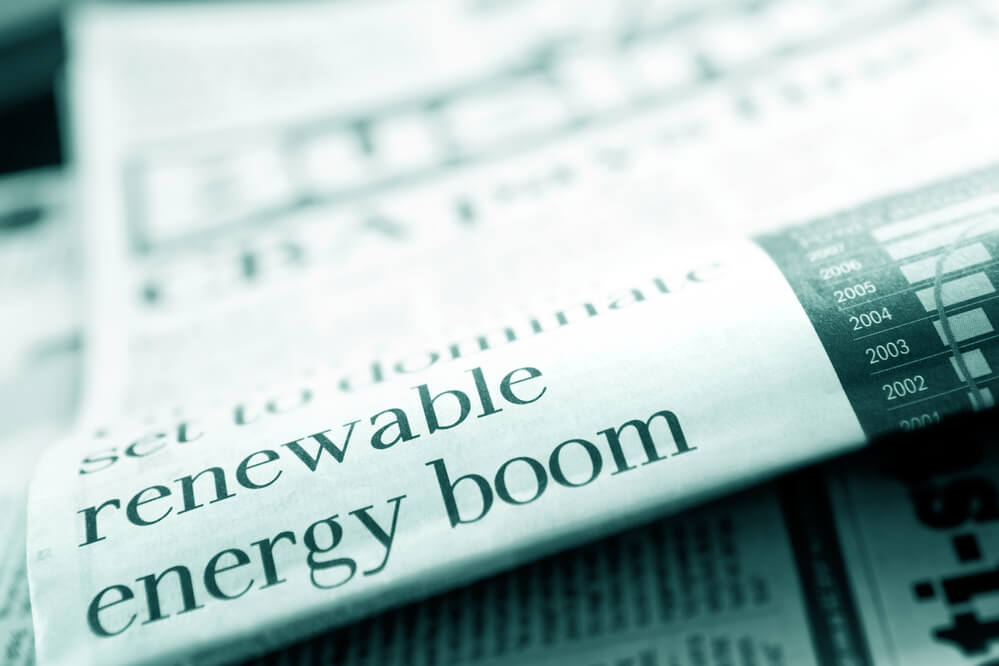Hydropower is one of the cheapest forms of electricity. In 1994, the USA’s cost of hydroelectricity plummeted to less than ONE CENT per kilowatt-hour (kWh).
For comparison, the price of geothermal energy during the same year hovered at around two cents while that of nuclear power staggered at 4 cents per kilowatt-hour.
Let’s get into this in a more detailed manner.
Why is hydropower so cheap?
Generally, we attribute the cheap cost of hydropower to how it is produced. Hydropower is produced by FREE flowing water. On the other hand, water exists as a gift of nature- it is available everywhere where there is rain.
Also, water keeps recycling, so; there is no need to restock the hydropower dams. Here are more reasons why hydropower is cheap.
- Most hydropower equipment is of high quality, cheap yet sturdy and operates for decades without major repairs. Additionally, once the structures are built and turbines installed, the plant will operate perpetually without any major repairs. The lack of major repairs cut operational expenses, thereafter reducing the cost of electricity.
- The production of hydropower comes from water, a renewable resource. Water replenishes the dams free of charge compared to nuclear plants. This generally lowers the cost of running a hydropower plant, subsequently reducing its price per kWh.
The Cost Benefits of Hydropower
With increasing enthusiasm for hydropower, there is no doubt people will continue tapping its potentials. But with every hydropower plant raised, we must give out precious resources in exchange for energy.
This loss-win situation is referred to as cost-benefit. Consider these cost-benefits of hydropower scenarios;
- To produce electricity, we must disrupt natures’ rhythm of life
Most power plants sit on large rivers, which were blocked to form dams. These human-made blockades prevent aquatic animals such as salmons from crossing over to the other sides, affecting their wellbeing.
In the USA and Europe, hydropower plants are the major causes of the declining salmons.
According to the U.S Fish and Wildlife Service, dams are the most publicized problems for salmon. They impede migration, cutting off fish from reaching their maternity homes during spawning seasons.
Salmon is just one example of species affected by our insatiable appetite for power. Wildlife.org recently updated the catalog of animals endangered due to damming by adding sturgeons, egrets, Irrawaddy dolphins, and, well, people to the list.
- Hydropower plants swallow ancient villages, drowning their cultures away
The construction of power plants eats into people’s villages and settlements. So, people living in the affected areas must give out their land, including their deeply rooted culture, to electricity moguls.
This is a direct trade between priceless cultures passed down from generation to generation and hydropower.
- People lose their lives during the construction of hydropower plants
Perhaps this is the commonest example of the cost-benefits situation tied to hydropower. During the construction of power plants, workers scale arched cliffs to shave off loose rocks. It is a dangerous operation that results in death. Here is a real-life example;
Through the six-year construction of the Hoover Dam from 1931 to 1936, over 90 people died in the process. Official figures from the Bureau of Reclamation state there were 96 industrial fatalities linked to the dam.
This was a very heavy price to pay for powering Las Vegas from the Hoover dam’s hydropower plant.
What is the hidden cost of Hydropower energy?
The narrative of transitioning to hydroelectric energy often includes the word “cheap.” But are hydropower plants producing cheap energy, or is it just a brand name? Are there underground costs associated with hydroelectricity?
- Most dams are set up without consulting the locals
Hydropower dams displace local communities from their ancestral homes. Sadly this is done without their consent. For instance, in the series of dam projects in the USA since the 1800s, indigenous communities were expelled from their homes with the fake promise of better resettlement quarters.
- Hydropower dams cause an eruption of diseases
There are severe health problems linked to power dams. Put it simply, dams form large pools of stagnant water, creating perfect breeding grounds for pathogens and vectors. Vectors such as mosquitoes and snails in tropical countries spread diseases to humans and animals in the neighboring regions.
There is no substitute for quality health; thus, dams are costly development. Nevertheless, recently the developing health sector has issued better ways of living with disease-carrying vectors. Hence, people can coexist with dams.
Why does hydropower energy cost more?
It is ironic to keep defending hydropower as the cheapest source of electricity. Sometimes we just need to pour out the truth on why hydropower energy costs more.
- Substantial fixed costs in manning the plant is expensive to consumers
- Stoppage time during maintenance causes electricity outages. Power outages on the other hand, results in losses at the individual level.
- The initial cost of setting up the plant is very high, pushing the price per kilowatt high
Final Word
Hydropower is the cheapest form of energy. But this comes at the cost of swallowed villages and cultures, destruction of the ecosystem, and increasing obsoleteness of some dams.
